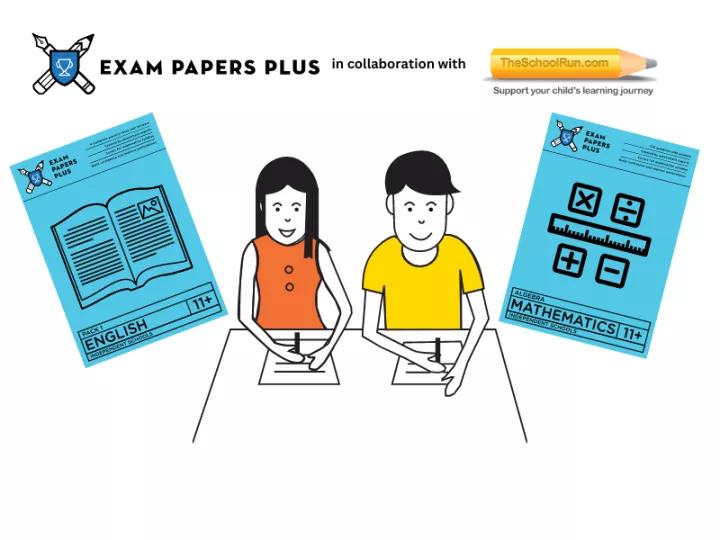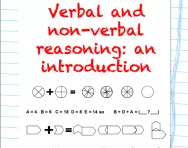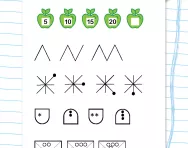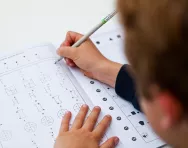Important update from TheSchoolRun
For the past 13 years, TheSchoolRun has been run by a small team of mums working from home, dedicated to providing quality educational resources to primary school parents. Unfortunately, rising supplier costs and falling revenue have made it impossible for us to continue operating, and we’ve had to make the difficult decision to close. The good news: We’ve arranged for another educational provider to take over many of our resources. These will be hosted on a new portal, where the content will be updated and expanded to support your child’s learning.
What this means for subscribers:
- Your subscription is still active, and for now, you can keep using the website as normal — just log in with your usual details to access all our articles and resources*.
- In a few months, all resources will move to the new portal. You’ll continue to have access there until your subscription ends. We’ll send you full details nearer the time.
- As a thank you for your support, we’ll also be sending you 16 primary school eBooks (worth £108.84) to download and keep.
A few changes to be aware of:
- The Learning Journey weekly email has ended, but your child’s plan will still be updated on your dashboard each Monday. Just log in to see the recommended worksheets.
- The 11+ weekly emails have now ended. We sent you all the remaining emails in the series at the end of March — please check your inbox (and spam folder) if you haven’t seen them. You can also follow the full programme here: 11+ Learning Journey.
If you have any questions, please contact us at [email protected]. Thank you for being part of our journey it’s been a privilege to support your family’s learning.
*If you need to reset your password, it will still work as usual. Please check your spam folder if the reset email doesn’t appear in your inbox.
What are Common Entrance exams?
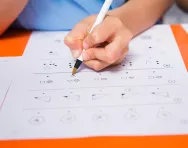
If you’re considering an independent senior school for your child, they may need to take Common Entrance exams. These exams assess whether a child who has been offered a senior school place reaches the school’s required academic standard.
Common Entrance exams are set by the Independent Schools Examinations Board (ISEB) in a variety of different subjects. There is a common set of papers for all schools – hence the name – and the tests are all taken on the same dates nationwide.
Please note: the secondary transfer test taken by pupils applying to grammar school in Northern Ireland and adminstered by AQA is the Common Entrance Assessment, not the Common Entrance Exam.
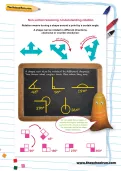
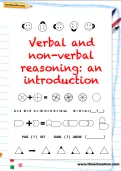
Prepare Your Child For The 11+ Exam
- Essential 11+ English and maths skills
- Verbal and non-verbal reasoning questions
- Reading comprehension worksheets
- CLOZE test worksheets
Who takes Common Entrance exams?
Common Entrance exams are taken by children in Year 6 (the 11+ Common Entrance exams, mainly for entry to girls’ schools) or Year 8 (the 13+, for entrance to boys’ and mixed schools). ‘Many schools use Common Entrance exclusively, in a full range of subjects, while others require Common Entrance exams in the core subjects – English, maths and science, plus a modern language – alongside their own papers in other subjects, such as humanities,’ explains Ann Entwisle, ISEB chief administrator.
Not all schools use Common Entrance exams. ‘Most of the major public schools do, but a number of independent schools, particularly London girls’ day schools, set their own exams,’ says Ann.
Common Entrance at 11+
Common Entrance exams for senior school entry at 11+ are taken in the autumn or spring term of Year 6. ‘The papers are closely linked to the national curriculum,’ Ann says. ‘The questions are usually set at the old level 4 to 5 standard (the level typically achieved by an average to above average child in Key Stage 2 SATs), although there are extension questions to stretch the most able pupils.’
The tests are taken over two days. On day one, pupils sit English comprehension (45 minutes) and maths (one hour); on day two, they take English creative writing (45 minutes) and science (one hour).
Common Entrance at 13+
For children who are looking to transfer to senior school at 13+, Common Entrance exams are taken in the autumn, spring or – most usually – summer term of Year 8. As well as the English, maths and science papers, children are usually required to take Common Entrance exams in a range of other subjects selected from:
- Latin
- Classical Greek
- French
- German
- Mandarin Chinese
- Spanish
- Geography
- History
- Religious studies
In some subjects, there are also two or three levels of paper. ‘It’s important to check which Common Entrance subjects your chosen school requires, and at which level,’ Ann advises. For example, some require a good mark on the level three maths paper – the highest level – whereas others are satisfied with level one or two.
Common Entrance written exams at 13+ are sat across a four-day period. The papers vary from 40 minutes to one and a quarter hours, although some tests – such as speaking and listening tests in languages, and mental arithmetic – are shorter.
At this level, children can also sit scholarship papers.
What are the Common Pre-Tests?
In some prep schools, children sit the ISEB’s Common Pre-Tests in Year 6 or 7. These are used to assess their attainment and potential for a senior school education. The online tests are commissioned from GL Assessment, with assessments in English, maths, verbal reasoning and non-verbal reasoning.
It’s up to the prospective senior school to decide how to use a child's Common Pre-Tests results. Senior school places may be offered on the strength of these tests, but usually, children still have to sit Common Entrance exams in Year 8. ‘Highly selective and oversubscribed schools may tell parents that their child has not been selected to go onto the next stage of the admissions process, and so they won’t take Common Entrance for that school,’ Ann explains. ‘Others run a reserve list, or use the results as just one part of the total admissions process.’ You should check with each individual school to find out how they use the Pre-Tests.
Registering your child for Common Entrance
If your child currently attends a prep school that is a regular user of Common Entrance exams, they are likely to be registered for the exams by their school. They will also sit the papers at their own school.
Children who attend a state school or an independent school that doesn’t use Common Entrance exams will need to be registered online by their parent or guardian. ‘They will have to arrange for their child to take the test at a sitting centre; again, this could be their own school, if the school staff are prepared to administer and invigilate the exams,’ says Ann.
For both the 11+ and 13+ Common Entrance exams, there is a registration fee of £110.
Exam Papers Plus & TheSchoolRun.com
If you're looking for practice papers for your child's 11+, our partners at Exam Papers Plus have papers, courses and mock exams for each area.
And their Pretest Plus offers online tests and video courses to help your child succeed at CAT, ISEB PRETEST, CEM SELECT and UKISET examinations.
How are Common Entrance exams marked?
Completed Common Entrance exams are sent to the child’s prospective senior school for marking. ‘Although ISEB provides a marking scheme, schools are free to mark the papers in the way they see fit, depending on their entrance criteria and required pass mark,’ Ann explains. ‘If the first-choice school decides not to admit the pupil, their papers can be sent on to their second choice school, and they can assess them for entry.’
Preparing for the Common Entrance exam
Children who do well in the Common Entrance exams are those who have acquired age-appropriate skills and subject knowledge, but also the ability to apply them. ‘Schools are not looking for regurgitated knowledge, but want to see how students can apply what they have learned, evaluate, interpret and analyse,’ explains Ann.
If your child is being entered for Common Entrance by their prep school, they should be working towards the exams at school. If not, you may need to consider how best to help them prepare. The full syllabus for every subject is available online as well as practice papers and revision materials.
Many families opt for tutoring to help their child prepare for the exams, but this should not be necessary, says Ann. ‘We can’t stop parents tutoring, but over-tutoring is unhelpful and tends to put children off,’ she explains. ‘We’re keen that children should be prepared in interesting and inspiring ways, with plenty of time for extra-curricular activities.’
NB: TheSchoolRun receives a small commission from sales made through Exam Paper Plus.
